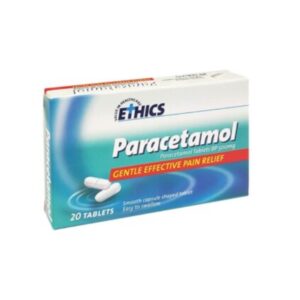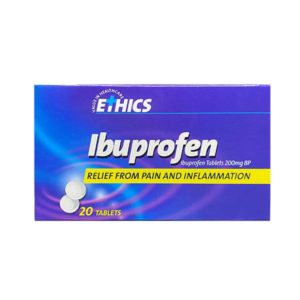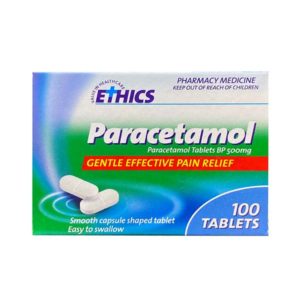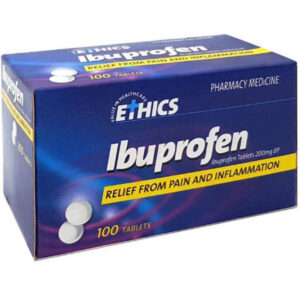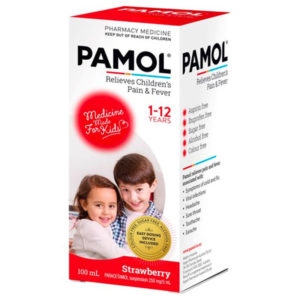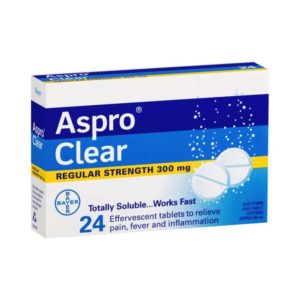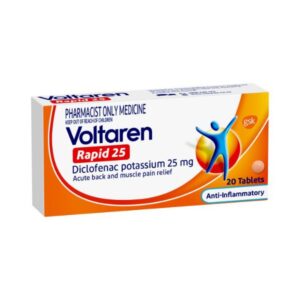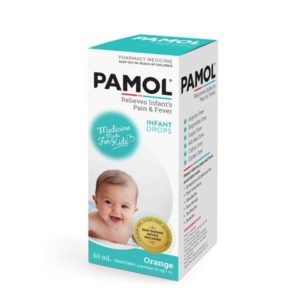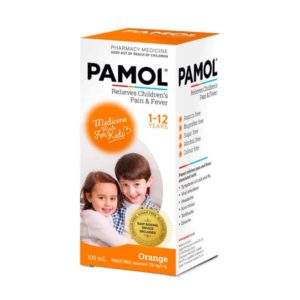Pain and fever are two of the most common symptoms experienced by individuals of all ages.
They usually are a signal from the body that something is may be wrong, or that something is about to go wrong. They are associated with a wide range of health issues, injuries, and illnesses.
Understanding pain and fever can therefore provide valuable insights into what you or a loved one is experiencing and how to best deal with these symptoms.
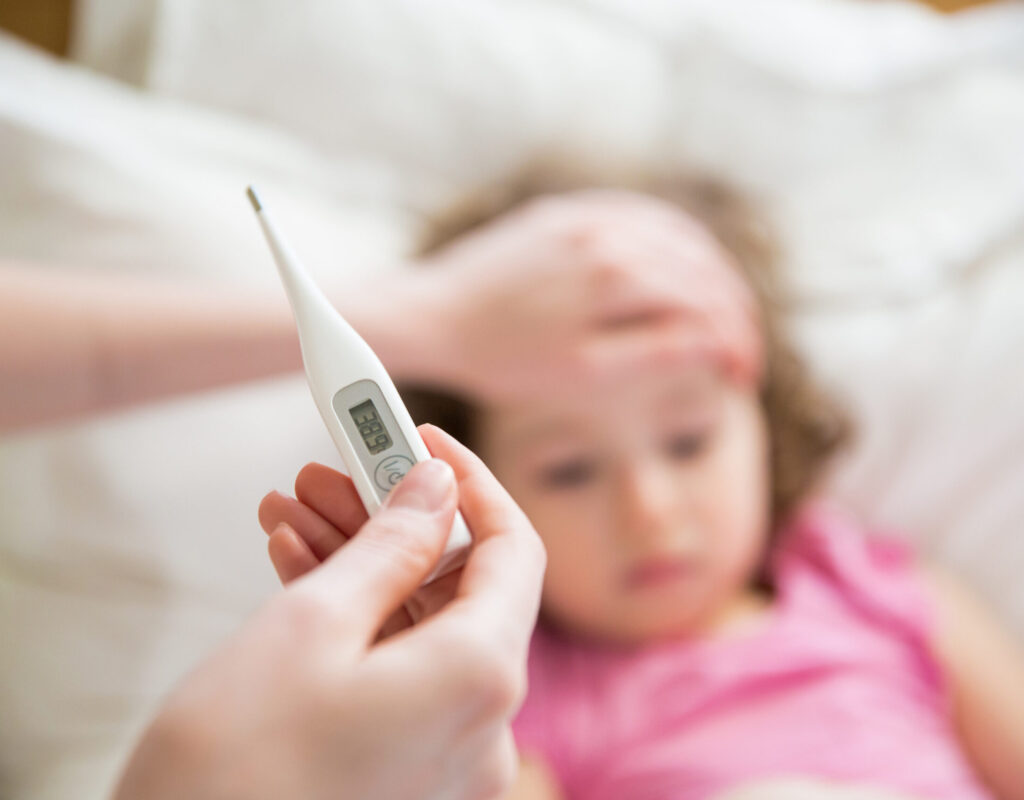
Pain is an unpleasant sensation or emotional experience that occurs in response to actual or potential tissue damage.
It is a protective mechanism; the bodies way of alerting us that something may be wrong or to prevent us from doing something that could cause harm.
There are 2 main types of pain:
Acute pain typically a sudden onset of pain caused by something specific such as injury, illness, surgical procedures, or childbirth. It is typically short lived and will resolve.
Chronic pain persists for an extended period of time (over 3 months). It is often described as pain that won’t go away even after the expected healing time of an injury or illness.
Some pain is described as intermittent (episodic) pain. This means it may come and go in waves. Headaches are commonly described in this way.
How children express pain can differ greatly depending on factors such as age, level of understanding, and language development. This can make assessing your child’s pain difficult.
If your baby or very young child is in pain, it will continue to cry and show discomfort despite you trying to satisfy any other potential needs or feelings. This may include feeding, nappy changes, attention, sleep, or comforting.
Children who are of an age to communicate should be asked to communicate where the pain is, what it feels like (as best they can), and if it is getting better or worse.
Signs that your child could be in pain:
A fever is when the core body temperature is raised above 38°C and is often accompanied by other symptoms. Fever usually is a sign that your body is fighting off a viral or bacterial infection. A viral infection is the most common cause of a fever. It could also be caused by a bacterial infection which is less common.
Most healthy adults can tolerate a fever; but you will feel unwell and hot, and you may sweat. Sometimes you will feel very cold and shivery even when your temperature is high.
Fever in Children
When your child has a fever their forehead and back of the neck may be hot to the touch a thermometer should be used to monitor their temperature and confirm if it is higher than 38°C.
A normal temperature for children and adults is around 37°C
A mild fever is a temperature higher than 38°C
A high fever is a temperature higher than 39°C
Treatment for pain depends on the type of pain, its location, and what caused it. There is a wide range of non-medicine treatments to manage pain. For example, if you have had a sprain or strain the RICE method is very effective at reducing inflammation and pain from soft tissue injuries.
RICE: Rest, Ice, Compression, and Elevation
Medicine is also available for the management of pain. Paracetamol and Ibuprofen are two common pain relief medicines that can be used for short-term pain.
Most people recover from fever by managing their symptoms at home. If you or a family member have a mild fever the following tips can make the recovery more comfortable.
Medicine is not needed for mild fever, but you can take paracetamol or ibuprofen to help bring down the fever and reduce pain from other common symptoms like headaches.
If your child is miserable because of fever and pain, you can ask a pharmacist for advice on medicines for children. Pharmacists can provide you medicines in liquid form, prepared especially for children.
Paracetamol liquid is the most common medicine used for relieving children’s pain and fever. Ibuprofen liquid is also available. These medicines can help to make your child more comfortable. You must follow dosage instructions carefully.
It is important to always read the label, warnings, and instructions before purchase and before use. Follow the instructions based on age and weight to give your child the correct dose at the correct time.
It is important to see your doctor if any of the following apply:
